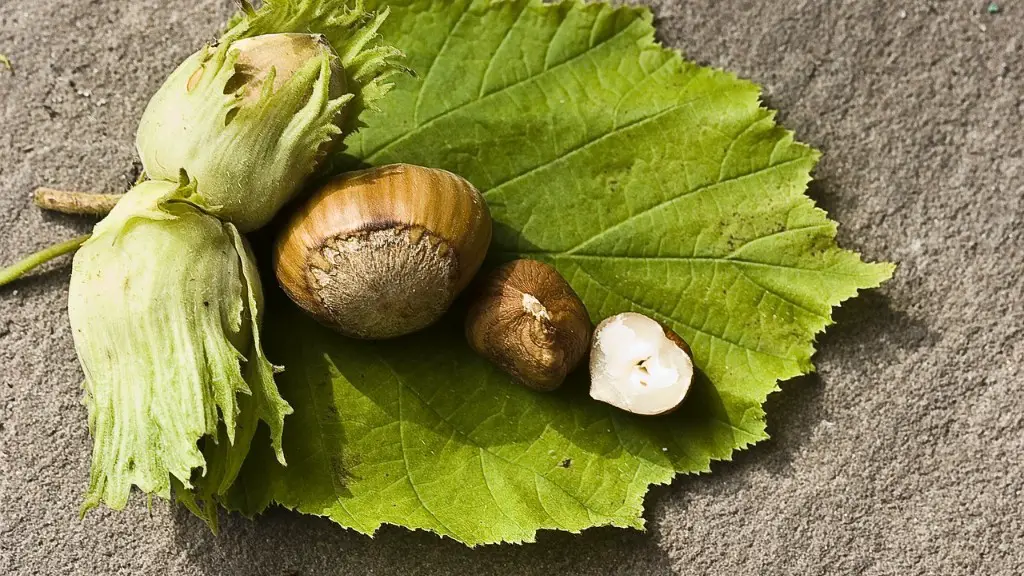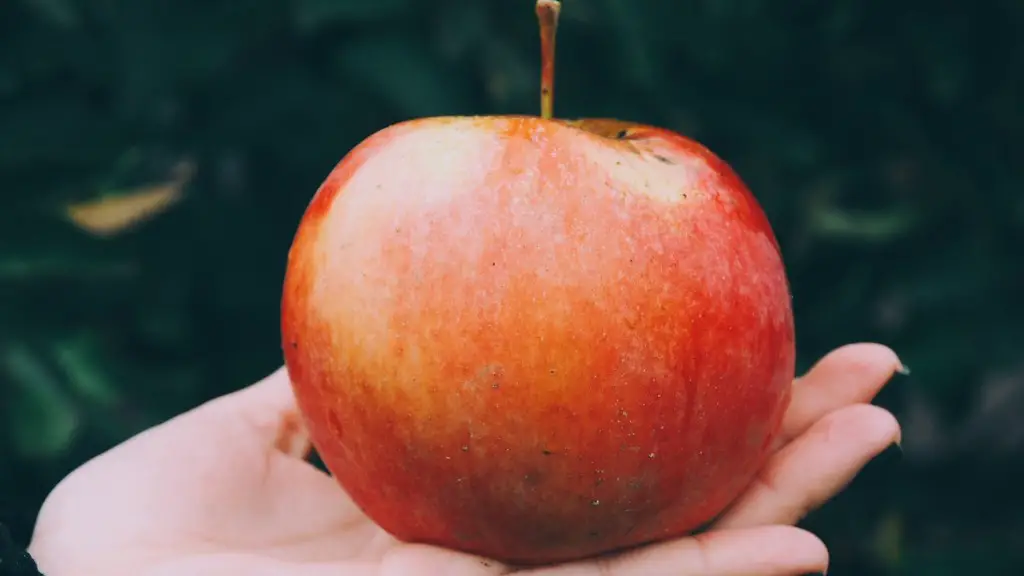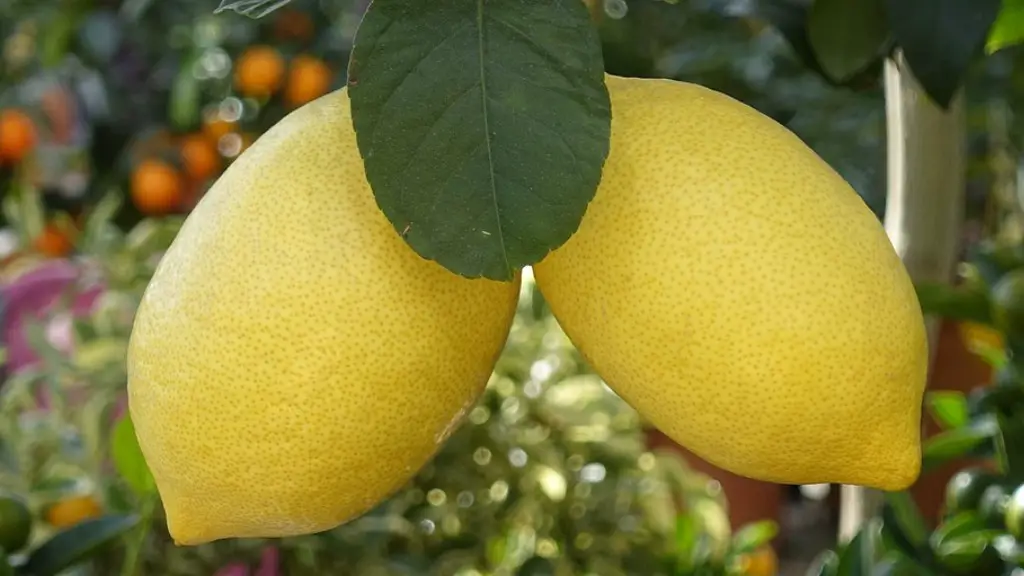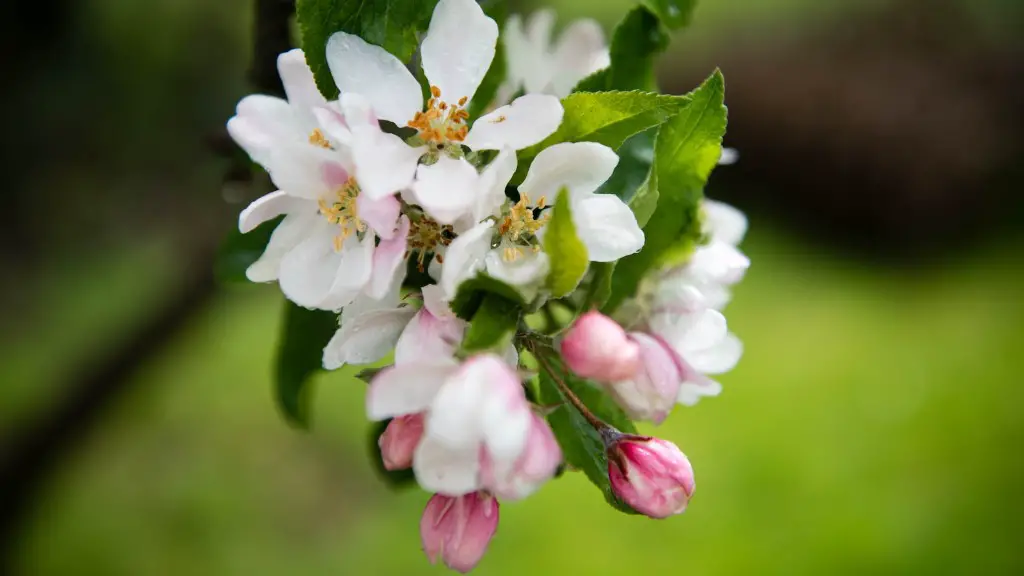How Does an Avocado Tree Give Fruit?
Avocado (Persea americana) is a perennial plant from warm climates that produces a large, fleshy, nutritious fruit. The tree needs the right amount of sunshine, soil, and water to provide nourishment for growing fruits. The life cycle of the avocado tree includes growing, flowering, and fruiting, which happens when the bee pollinates the flower and the flower matures into a fruit. In this article, we will explore the stages of how an avocado tree gives fruit.
Firstly, the avocado tree should first be given the right environment. It thrives best in temperate climates and grows best when its soil is well-drained and moist. It also prefers areas with adequate sunlight. Trees grown in full sun are more likely to bloom and yield fruits compared to those in the shade.
The tree then blooms in order to give fruit. Flowers of the avocado tree appear when the tree is five to eight years old. The flowers are usually white or yellow and produce large amounts of nectar, which attracts pollinating insects. You can even see these beautiful blooms from a distance.
The next step is pollination. Pollinating insects, such as bees, are necessary for the avocado tree to fruit. The bee collects the nectar from the flowers, and then carries pollen from the flower stamen to the flower pistil. When this is completed, the flower ovary develops into a fruit.
When the flower matures and is pollinated, the avocado fruit begins to grow. The average size of each fruit can range from one to two pounds, but some larger fruits can be even bigger. The growth takes place over a period of seven to eight months. As the fruit matures, its skin changes from green to yellow or purple.
Finally, the most crucial step is harvesting the fruits. Avocado fruits are ready to pick when they are full grown and a bit soft when they are gently squeezed. The harvesting generally takes place between late summer and early winter, depending on the climate. When the fruits are ready, the tree can be shaken or pruned to bring them down.
After the fruits are harvested, the tree can be pruned for better crop production. Pruning helps the avocado tree maintain its shape and yield higher-quality fruits. This way, the tree can produce healthy, fresh fruits every year.
Types of Avocados
Many different varieties of avocados exist, with common ones being Hass avocado, Fuerte avocado, Bacon avocado, Pinkerton avocado, and Gwen avocado. The taste, texture and color of the fruits vary depending on the variety. Some are darker in color, others are more flavorful, and some are creamier in texture than others. Each variety also has a different growth cycle, so they fruit differently.
Hass avocados, for instance, are dark in color with a creamy texture. The fruit takes eight to 12 months to mature and its peel darkens as it ripens. Fuerte avocados, on the other hand, are green in color and have a mild flavor. They take the longest to mature when compared to other types, usually taking nine to 12 months.
Bacon avocados have a smooth, easy-to-peel skin with a creamy texture. They ripen quickly, within six to 10 months, and have a pleasant taste. Pinkerton avocados are characterized by its large size and thin peel. The fruit ripens within four to seven months, making it the earliest to bear fruit. Lastly, Gwen avocados are one of the sweetest varieties and they ripen within five to eight months.
Factors Affecting Avocado Growing and Production
Different climatic conditions, soil type, and several other factors can affect the production of avocados. Growing seasons, for example, can be affected by temperature. The fruit will ripen faster or slower depending on daily and average temperatures. If the temperature is too high, it may be difficult for the tree to develop its fruit, and vice versa if the temperature is too low.
In terms of soil, avocados prefer soils that are well aerated, well drained, and with a pH range of 5.5-7.5. Over-fertilization of soils can also have an impact, as excessive Nitrogen can reduce the flowering cycle of the tree. As most of the nutrients needed come from the soil, soil quality is very important when it comes to avocado growing.
The amount of water the tree gets is also essential for the health of the tree and its fruit-bearing capabilities. Too much water can lead to root rot, while too little may cause the tree to dry out and die. Knowing how to maintain the right soil moisture is the key to successful avocado growth.
Components of Avocado Fruits
The avocado fruit has a nutritionally dense composition. It contains healthy fats, proteins, vitamins, minerals, antioxidants, and dietary fiber. It is also a good source of vitamin E, folate, and dietary fiber. The healthy fats found in the avocado can help reduce inflammation, and the high fiber content encourages digestion and regularity.
Avocados are also a source of plant sterols, which act as a cholesterol-lowering agent. They contain high amounts of certain minerals such as potassium, magnesium, and phosphorus, which are important for healthy bones, teeth, and muscles. Other minerals found in small amounts in the fruit include copper, iron, zinc, and selenium.
Health Benefits of Avocado Consumption
The nutritional profile of an avocado makes it one of the healthiest fruits. It helps in improving heart health, controlling blood sugar levels, and aiding weight loss. The high potassium content helps in maintaining healthy blood pressure, while the omega-3 fatty acids may help reduce cholesterol levels.
Avocados are also a great source of vitamins, including vitamin E and vitamin K. Vitamin E is an important antioxidant which helps protect the body from free radicals that cause oxidative stress. Vitamin K is important for blood clotting, and can help keep bones and teeth healthy. Studies have also found that the monounsaturated fats present in an avocado may help reduce the risk of certain types of cancer.
Uses of Avocados
Avocados have many culinary uses. The fruit can be eaten fresh or as part of different dishes, such as salads and smoothies. Avocados are also a popular ingredient for guacamole, and are added to various sandwiches and wraps. They can also be eaten as a snack, as a topping on toast, or mashed onto toast. Other popular uses of avocados include baking them and making avocado oil.
In addition to culinary uses, avocados are also incorporated into beauty regimens. Avocado oil is rich in vitamins, minerals, and essential fatty acids that help nourish the skin. It is often used as an ingredient in skin and hair care products. Avocado masks are also popular for their moisturizing, anti-aging, and wound-healing benefits. The fruit can also be used to make avocado shampoo, conditioner, and lotion.
Avocado Growing Practices
Avocados are easy to grow at home, or in a container. To start, select a cultivar that will thrive in your area. Plant the seed in soil that is well-drained and slightly acidic. It is important to keep the soil moist, as the seed will not germinate when the soil is completely dry. When the seed begins to sprout, provide adequate sunlight, as the tree will not develop properly without it.
When the tree is established, prune or train the branches to create a strong structure. This will prevent the tree from overgrowing and will also protect it from strong winds. To protect against pests and diseases common to avocados, use copper-based fungicides and insecticides. Lastly, keep the tree properly irrigated and fertilized in order to get a plentiful harvest.
Conclusion
In conclusion, producing fruits from an avocado tree requires the right amount of sunshine, soil, and water. The tree needs to be pollinated and then given the time to grow and mature so that the fruits can be harvested. Avocados come in different varieties, which are usually distinguished by their growth cycle, size, and taste. There are many factors that can affect the growth and production of avocados, and it is important to maintain the right soil, temperature, and water conditions in order to achieve a successful yield. Avocados are nutritionally dense and possess many health benefits, which is why they can be used in culinary and beauty regimens. Lastly, growing avocados at home is possible with the right environment and practices.




